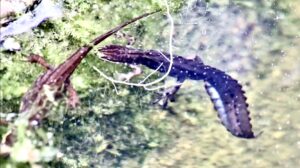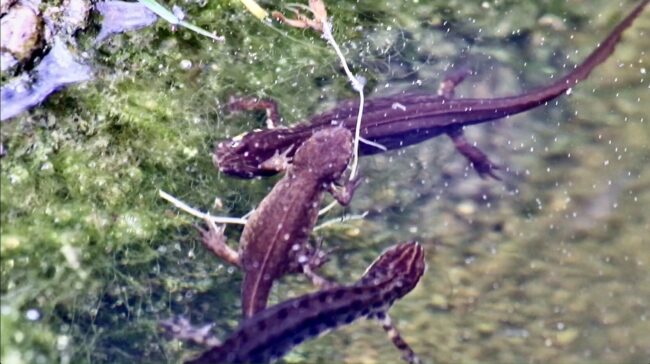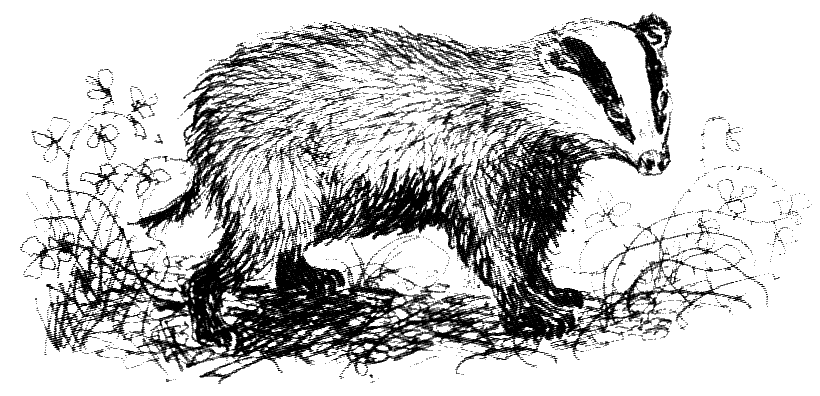The great crested newt, a woodlands TV film.

Woodlands TV has just produced an interesting film about one of our native amphibians - the Great Crested Newt.
It is a species that has protected status through UK and European law. It is an offence to kill, disturb or capture them, or their eggs. Developers of building sites near ponds / breeding sites need to conduct surveys to see if newts are present in the area before work can start. If there are newts present in an area, then appropriate mitigations must be put in place before work can start.
The great crested newt, also known as the northern crested newt and the warty newt, is a species that is native to The UK. It is also to be found parts of Europe and Western Siberia. Sadly, like many other invertebrates species, its numbers are in decline - falling in numbers from one million to 400000. This dramatic decline is mainly due to loss of habitat. Across the country, many ponds have been lost due to the advance of agriculture, particularly during the last century. See the woodlands blog on Ghosts and Zombies.
The newt is large, and females may be six inches or more in length. The body is a deep brown in colour, though the underside (the belly) is yellow / orange with dark ‘blotches’. In the breeding season, the males are particularly distinctive as they develop a crest on the back and tail. Interestingly, the newt spends most of the year on land, returning to water / breeding sites in the Spring. In their aquatic phase, they will feed on insects, insect larvae, molluscs, tadpoles, even small newts. On land, they will eat worms, slugs and insects. The newts may be eaten by birds (like herons), hedgehogs, badgers, foxes and grass snakes.

The males offer a ritualised display to ‘court’ the females, and deposit a spermatophore, which is used to fertilise the female’s eggs. A female may lay 200 to 400 eggs, often wrapped in pondweed (for protection from predators). The eggs develop into larva and then transform into juveniles, known as efts.
Comments are closed for this post.
